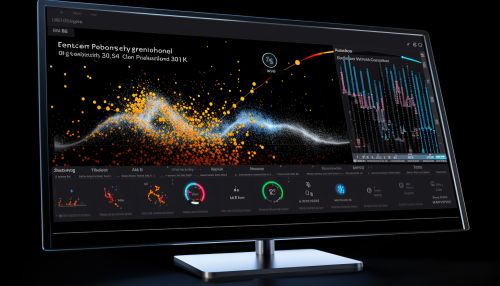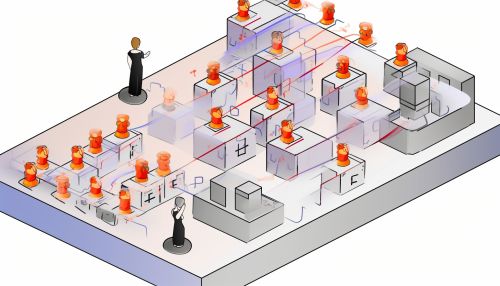The Role of Machine Learning in Predictive Analytics
Introduction
Machine learning is a branch of artificial intelligence that empowers computer systems with the ability to learn and improve from experience without being explicitly programmed. It focuses on the development of algorithms that can access data and use it to learn for themselves. The role of machine learning in predictive analytics is significant as it helps in making predictions about unknown future events based on historical data.


Machine Learning in Predictive Analytics
Predictive analytics is a branch of advanced analytics that uses many techniques from data mining, statistics, modeling, machine learning, and artificial intelligence to analyze current data to make predictions about future. The machine learning models are used to build predictive models that can learn from historical data and can predict future outcomes with a significant degree of accuracy.


Types of Machine Learning in Predictive Analytics
There are three main types of machine learning used in predictive analytics: supervised learning, unsupervised learning, and reinforcement learning.
Supervised Learning
In supervised learning, the machine learning model is trained on a labeled dataset. This means that the algorithm learns from a training dataset, and based on that learning, it predicts the outcome for the unseen data.


Unsupervised Learning
Unsupervised learning is a type of machine learning that looks for previously undetected patterns in a data set with no pre-existing labels and with a minimum of human supervision.


Reinforcement Learning
Reinforcement learning is a type of machine learning where an agent learns to behave in an environment, by performing certain actions and observing the results.


Applications of Machine Learning in Predictive Analytics
Machine learning has a wide range of applications in predictive analytics. Some of the key applications include predictive maintenance, fraud detection, risk management, and customer segmentation.
Predictive Maintenance
Predictive maintenance uses machine learning to predict the future failure point of a machine component, so that the component can be replaced, based on a plan, just before it fails.


Fraud Detection
Machine learning can be used to detect fraudulent transactions in real-time by analyzing patterns in transaction data.


Risk Management
Machine learning can be used in risk management to identify and mitigate potential risks by analyzing patterns and trends in data.


Customer Segmentation
Machine learning can be used in customer segmentation to group customers based on similar characteristics.


Conclusion
Machine learning plays a crucial role in predictive analytics by providing the ability to learn from data and make predictions about future events. It has a wide range of applications in various fields such as predictive maintenance, fraud detection, risk management, and customer segmentation.
